Forums
- Forums
- Duggy's Reference Hangar
- USAAF / USN Library
- FH-1 Phantom
FH-1 Phantom
Post a reply
- Go to Previous topic
- Go to Next topic
- Go to Welcome
- Go to Introduce Yourself
- Go to General Discussion
- Go to Screenshots, Images and Videos
- Go to Off topic
- Go to Works in Progress
- Go to Skinning Tips / Tutorials
- Go to Skin Requests
- Go to IJAAF Library
- Go to Luftwaffe Library
- Go to RAF Library
- Go to USAAF / USN Library
- Go to Misc Library
- Go to The Ops Room
- Go to Made in Germany
- Go to Campaigns and Missions
- Go to Works in Progress
- Go to Juri's Air-Raid Shelter
- Go to Campaigns and Missions
- Go to Works in Progress
- Go to Skinpacks
- Go to External Projects Discussion
- Go to Books & Resources
-
11 years agoSun Jul 03 2022, 02:00pmDuggy
 Main AdminText by Greg Goebel, (As always thanks)
Main AdminText by Greg Goebel, (As always thanks)
In 1942, the US Naval Bureau of Aeronautics requested that McDonnell design a jet interceptor to operate from aircraft carriers, and in early 1943, the Navy awarded a contract for two prototypes of the new fighter, to be designated "XFD-1".
McDonnell's design team, led by Kendall Perkins, received only the most general specifications from the Navy, giving the engineers considerable freedom in their decisions. They chose to design as simple and conservative an aircraft as possible, to minimize risk as well as ease manufacture and maintenance. The McDonnell design team worked with Westinghouse on powerplant fit, considering various configurations, finally settling on an engine installed in each wing root.
Work on the prototypes began in January 1944, the first prototype flying on 26 January 1945 with test pilot Woodward Burke at the controls. This was just a brief hop, since only one engine had been installed; the first twin-engine flight took place a few days later. The second prototype followed it into the air soon after, with the two machines successfully passing company and initial Navy trials. On 21 July 1946, an XFD-1 began carrier trials on the USS FRANKLIN D. ROOSEVELT, making it the first US jet aircraft to operate off a carrier. The Navy had already placed a production order, for 100 aircraft, in March 1945, to be initially designed "FD-1". However, the "D" code had traditionally been assigned to Douglas aircraft; when the Phantom was ordered the Navy was not obtaining any Douglas machines, but that changed, and so the designation of the Phantom was altered to "FH-1". The initial production machine performed its first flight on 28 October 1946, with first deliveries to the Navy in 1947.
* The FH-1 Phantom was a neat, sporty single-seat aircraft of conventional configuration, built mostly of aircraft aluminum, with low-mounted straight wings featuring an engine in each wingroot; a tail assembly with the tailplane mounted at the base of the tailplane above the fuselage; a raised cockpit; and tricycle landing gear. The wing folded straight up outboard of the main landing gear, and featured ailerons and split flaps, with a solid-panel spoiler-type airbrake on the top of the wing outboard of the wing fold. The tail assembly was nothing unusual, featuring elevators and rudder; the wing and tailplane had noticeable dihedral. The engines were Westinghouse J30-WE-20 turbojets with 7.1 kN (725 kgp / 1,600 lbf) thrust each, with the exhausts canted slightly outward to protect the rear fuselage. Two "jet-assisted take-off (JATO)" rocket bottles could be attached for boosted takeoffs if desired. Internal fuel supply was 1,420 liters (375 US gallons).
The pilot had a good field of view, with the canopy sliding back over the spine of the aircraft to open; the pilot did not have an ejection seat, but the canopy could be discarded in an emergency. All landing gear assemblies had single wheels, with the nose wheel retracting backward and the main gear hinged in the wings and retracting inward. The landing gear configuration gave the Phantom a wide ground track, making it stable in ground handling. There was a stinger-type arresting hook under the tail. Armament consisted of four 12.7 millimeter (0.50 caliber) M2 Browning machine guns on the top side of the nose, with 325 rounds of ammunition per gun. There were also stub launchers under the wings for eight 127 millimeter (5 inch) HVAR (High Velocity Air Rocket) projectiles, though rockets were rarely carried. A conformal belly fuel tank with a capacity of 1,117 liters (295 US gallons) could be attached.
Production FH-1s differed from the XFD-1 prototypes in being 48 centimeters (19 inches) longer to provide more fuel capacity; having a tailfin with a squared-off top, instead of the round-top tailfin of the prototypes; and being fitted with a smaller tailplane. In service, the FH-1s were generally painted in overall dark sea blue, the typical USN color scheme for the time.
MCDONNELL FH-1 PHANTOM:
spec metric english
_____________________ _________________ ______________________
wingspan 12.4 meters 40 feet 9 inches
folded wingspan 5 meters 16 feet 3 inches
wing area 25.6 sq_meters 276 sq_feet
length 11.8 meters 38 feet 9 inches
height 4.32 meters 14 feet 2 inches
empty weight 3,030 kilograms 6,680 pounds
max loaded weight 5,460 kilograms 12,035 pounds
maximum speed 770 KPH 480 MPH / 415 KT
service ceiling 12,525 meters 41,100 feet
range 1,115 kilometers 695 MI / 605 NMI
Only 60 FH-1s were actually built, since the end of the war ended any urgency for obtaining jet fighters, and though the Phantom was apparently a very pleasant aircraft to fly it was also underpowered, not much faster than the best piston fighters. It also had much less range.
The Phantom served with one Navy and two Marine squadrons. The Marines formed up one of the very first jet flight demonstration teams, the "Flying Leathernecks", with bright yellow nose and trim, for appearances at airshows. The Navy also formed up a three-man Phantom demonstration team, the "Gray Angels", whose aircrew were all admirals. All FH-1 Phantoms were out of first-line service by the end of 1949, being replaced by the McDonnell Banshee. The Phantoms were passed on to Navy Reserve squadrons, where they put to good use converting Reserve pilots from piston fighters to jet fighters, up to the FH-1's final retirement from military service in 1954.
Although the FH-1 Phantom had a short service life, it served a useful purpose in familiarizing the Navy and Marines with carrier jet operations. In the early 1960s, a Florida-based company bought up three demilitarized Phantoms for training commercial pilots on jet operation, but the venture was not a success. A few FH-1s remain on static display, but none are flying any longer.
Below the prototype




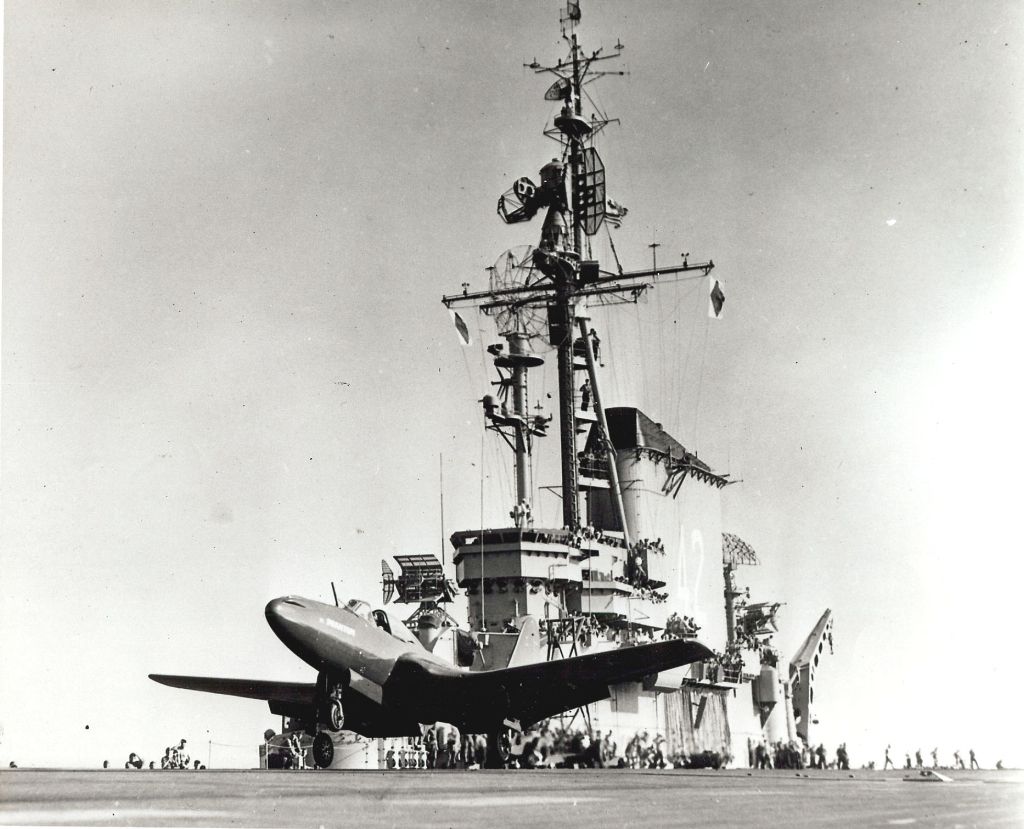


As always right click & save
Enjoy the rest.




























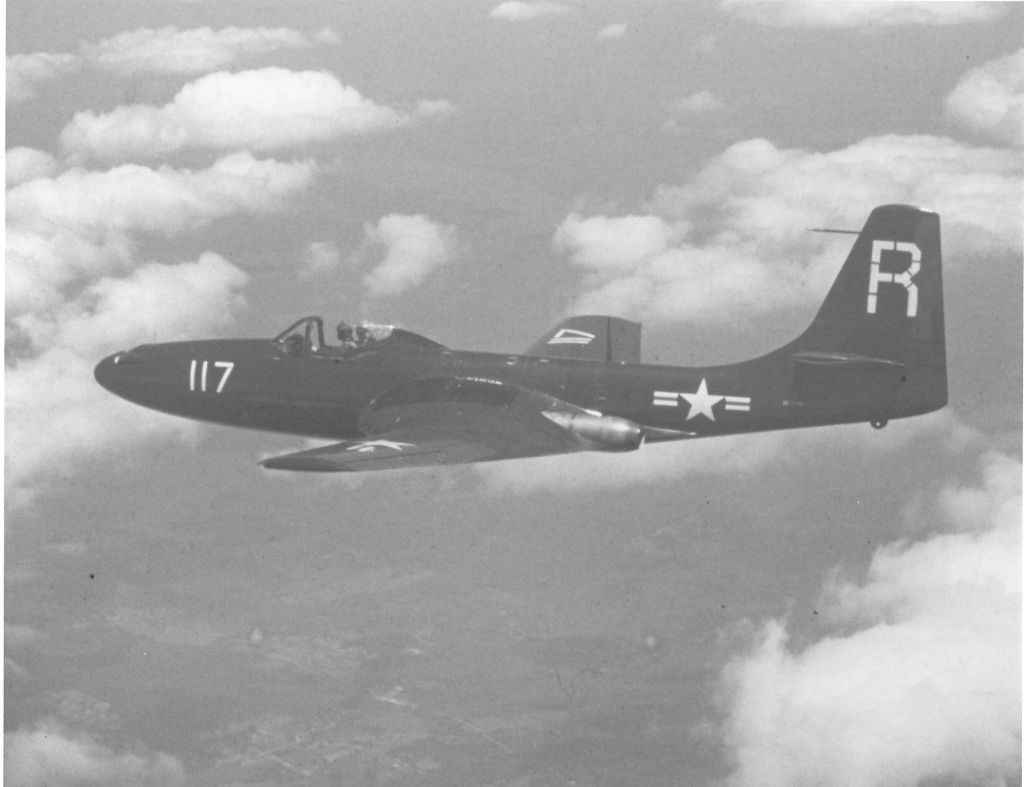




















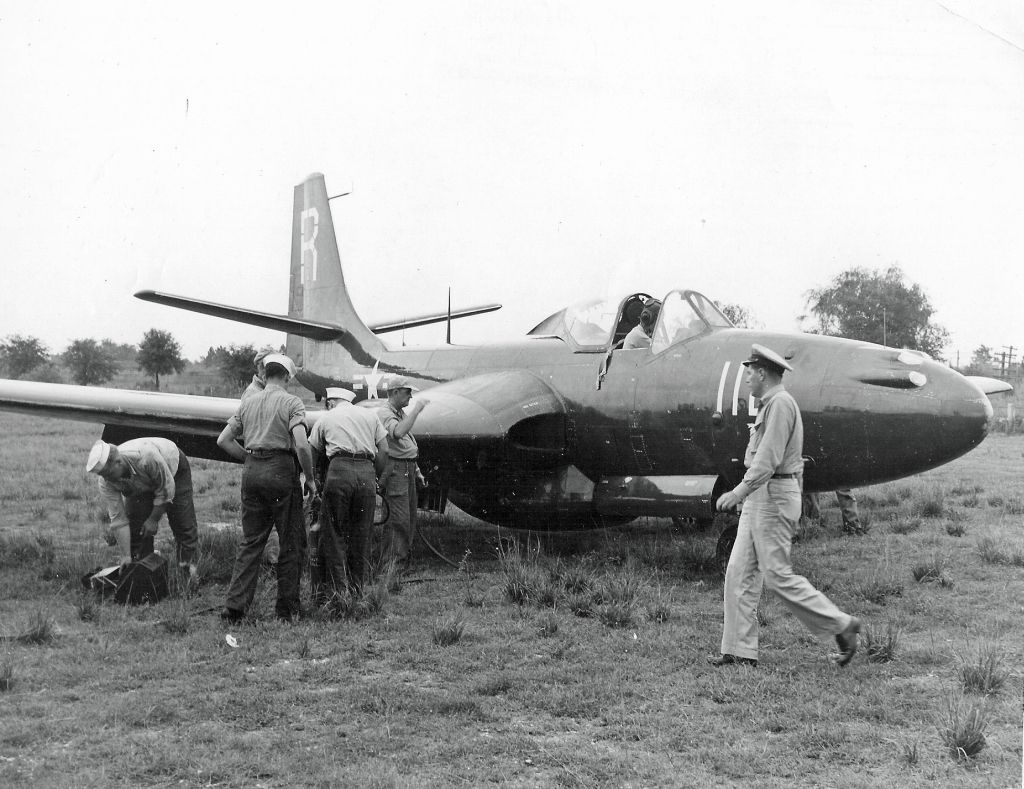
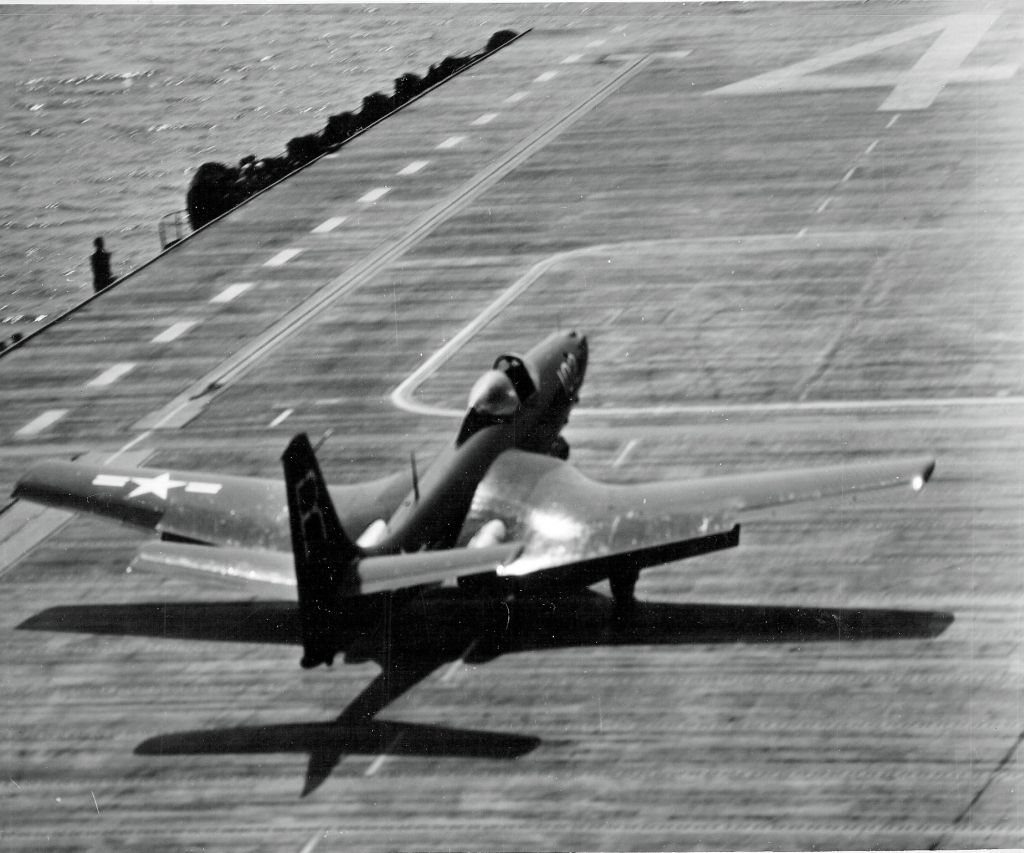


















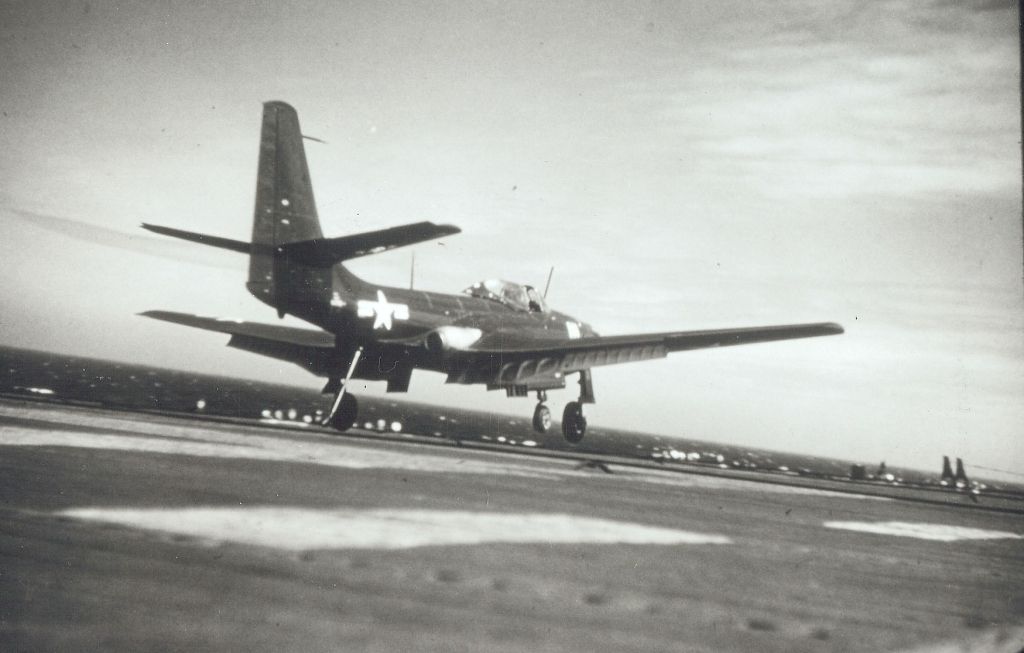






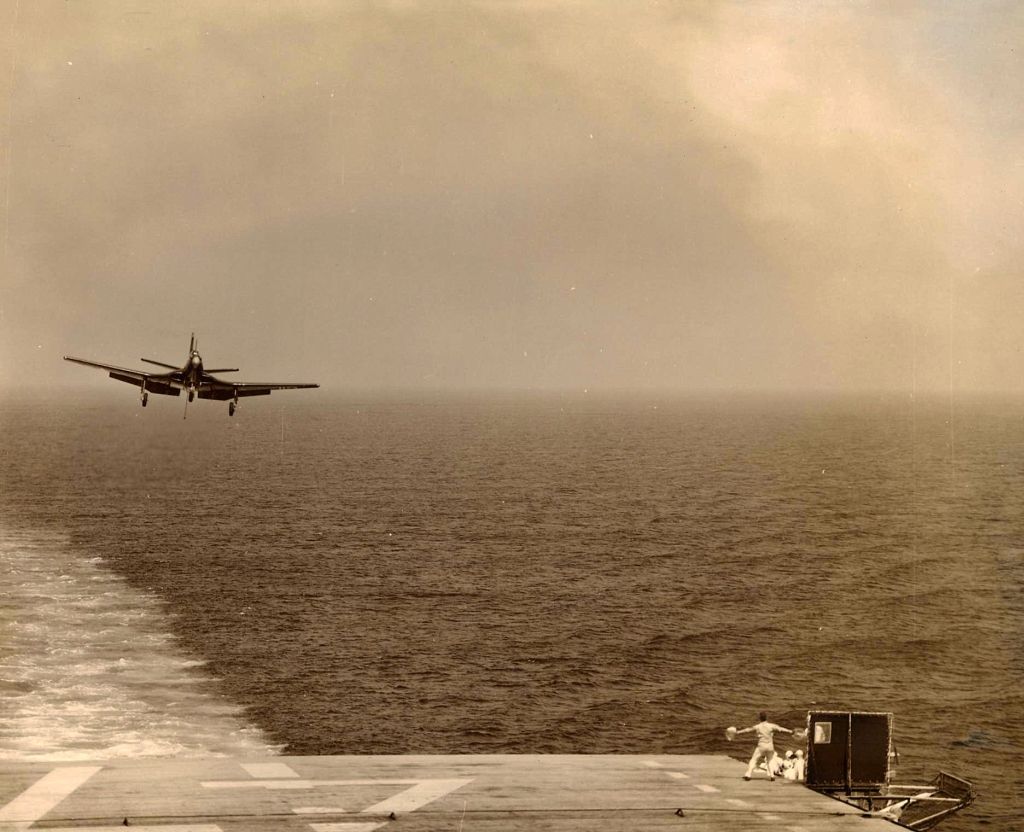
Below the civil birds.


Below in colour
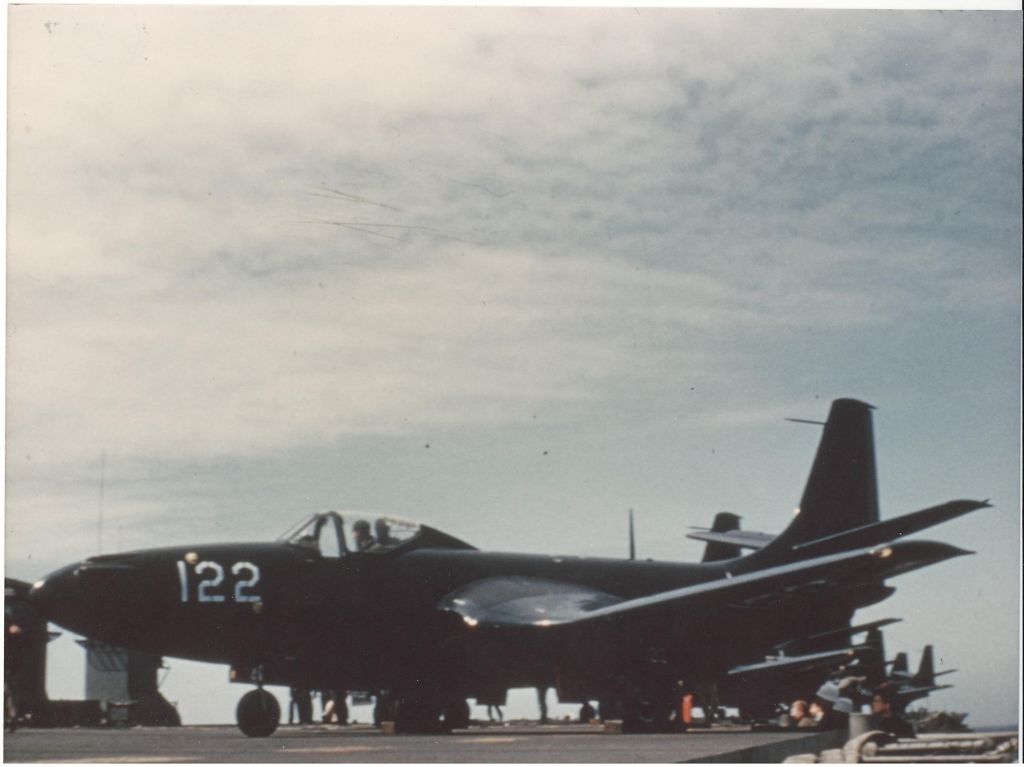





Regards Duggy
-
 AdminPhabulous!
AdminPhabulous!
I think we have a winner for the "Thickest Wing Roots" contest.
Post a reply
- Go to Previous topic
- Go to Next topic
- Go to Welcome
- Go to Introduce Yourself
- Go to General Discussion
- Go to Screenshots, Images and Videos
- Go to Off topic
- Go to Works in Progress
- Go to Skinning Tips / Tutorials
- Go to Skin Requests
- Go to IJAAF Library
- Go to Luftwaffe Library
- Go to RAF Library
- Go to USAAF / USN Library
- Go to Misc Library
- Go to The Ops Room
- Go to Made in Germany
- Go to Campaigns and Missions
- Go to Works in Progress
- Go to Juri's Air-Raid Shelter
- Go to Campaigns and Missions
- Go to Works in Progress
- Go to Skinpacks
- Go to External Projects Discussion
- Go to Books & Resources
